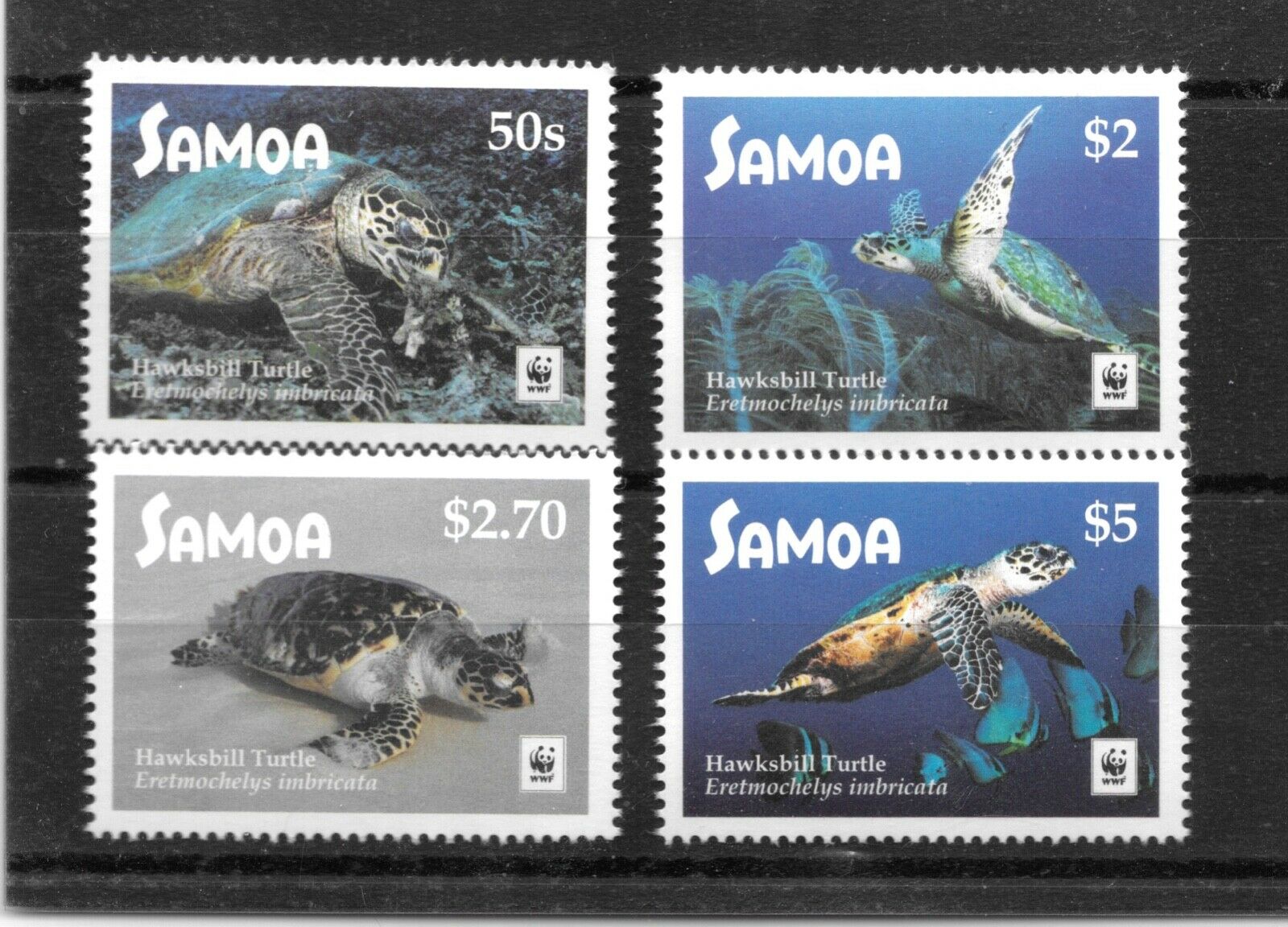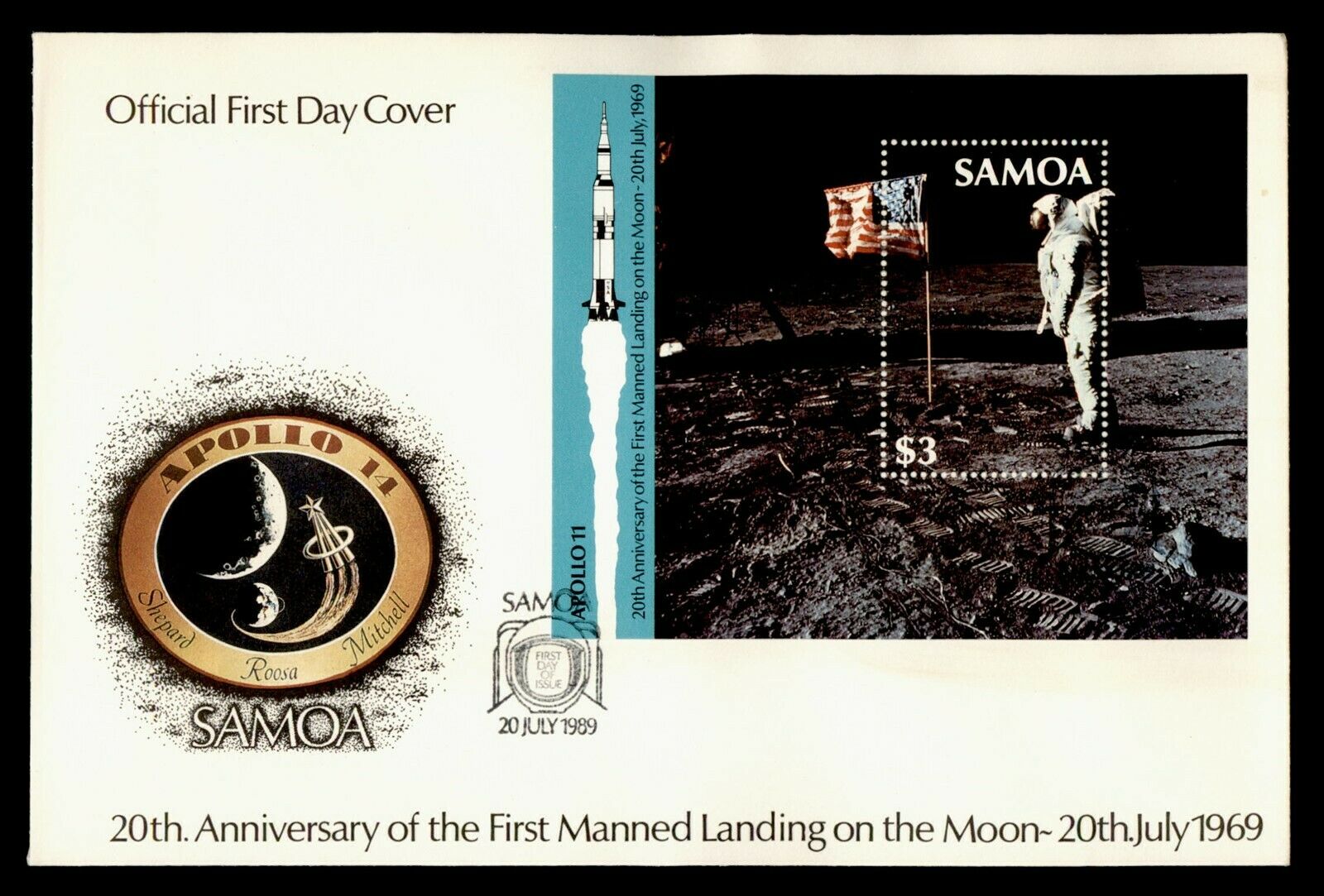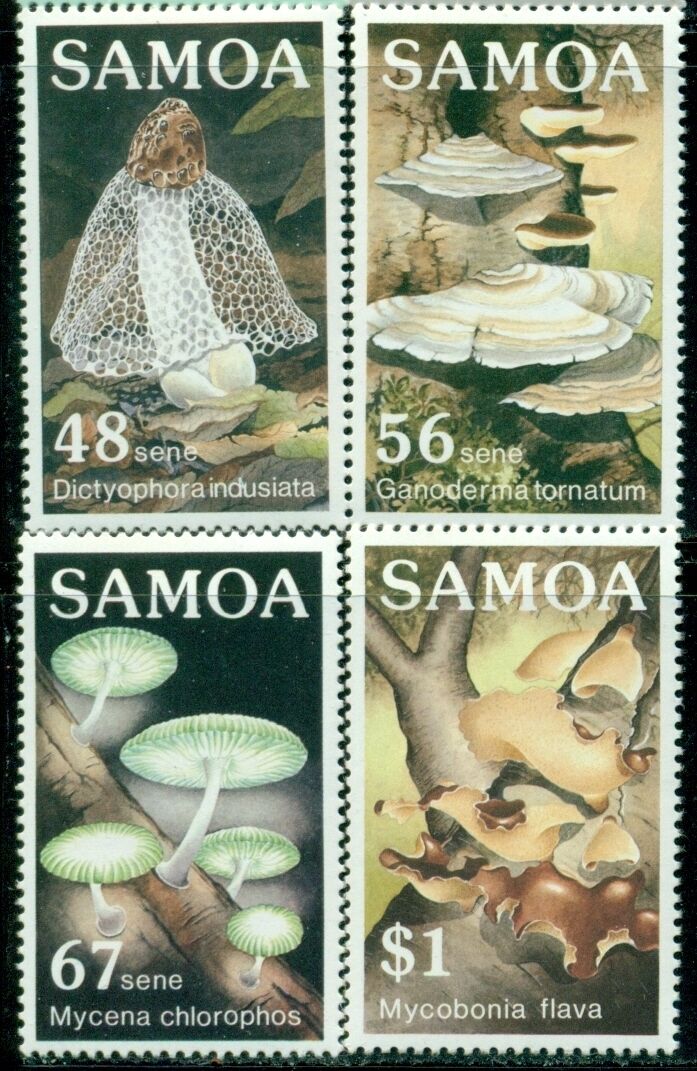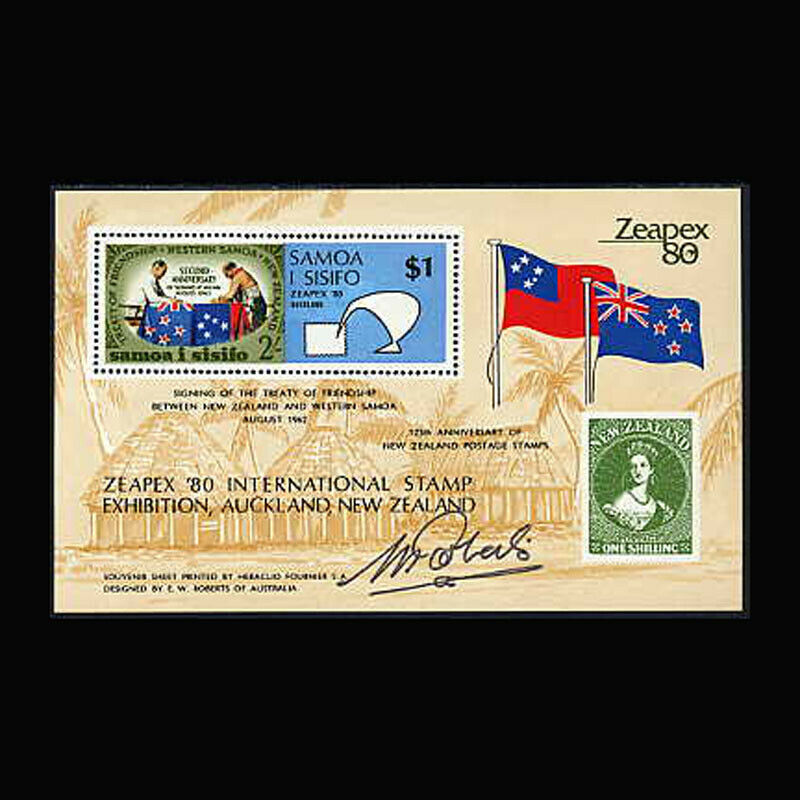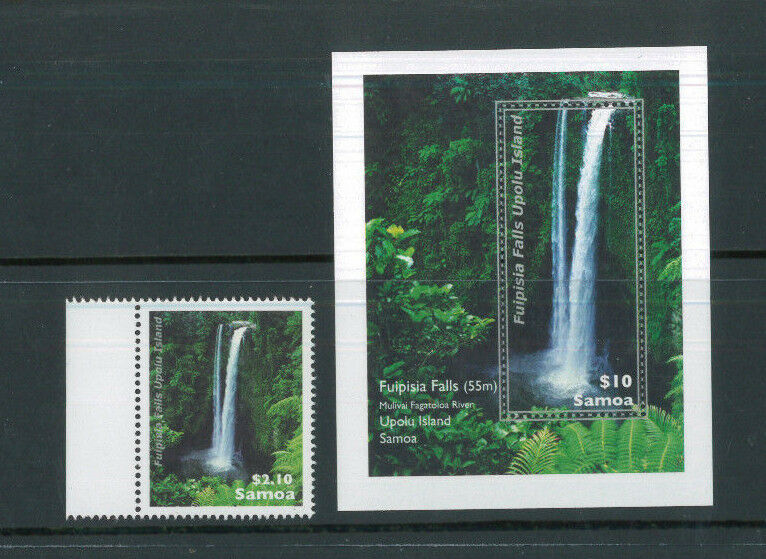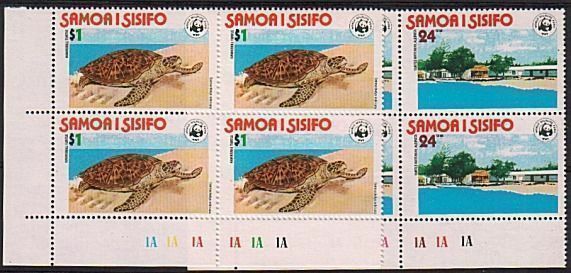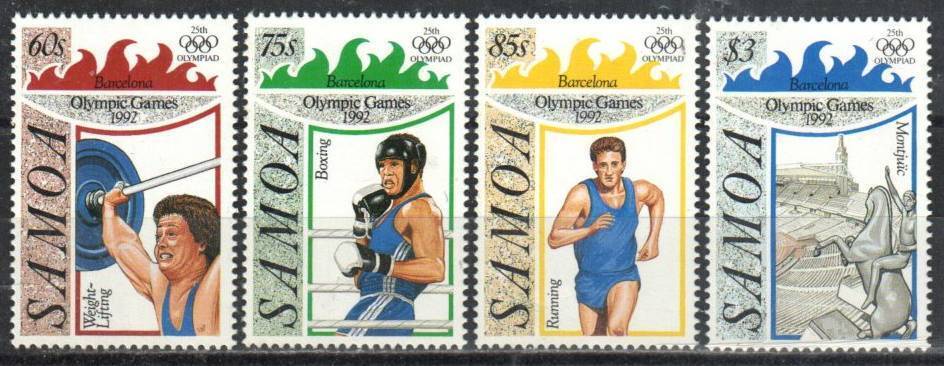-40%
Hutt PNC No36, 1970 Papal Visit to Western Samoa, 110 of 120 Produced, Proof
$ 132
- Description
- Size Guide
Description
This is a listing for a Hutt Commemoratives PNC Number 36.This PNC Commemorates the Papal Visit by Pope Paul VI to Western Samoa.
This is number 110 of only 120 produced.
This item is 48 years old.
Item # 251.
The PNC states, "
Commemorating PAPAL VISIT by Pope Paul VI WESTERN SAMOA
" at the top left side and "
WESTERN SAMOA
", "
PAPAL VISIT COMMEMORATIVE TALA
", "
FIRST DAY OF ISSUE
-
30TH JUNE, 1971
" at the lower left hand side.
Description of the front of the PNC
:
At the upper right hand side is the two stamps, 8c & 20c of Pope Paul VI with date of cancellation, June 30, 1971 at APIA, WESTERN SAMOA.
These two stamps were issued on 29 November, 1970, to mark the visit to Samoa of His Holiness Pope Paul VI.
Also the
Registered Number 110
.
Located at the right top is also the
Silver Proof Australian Medallion
designed by
James Berry
and struck at the Royal
Australian Mint, Canberra
, expressly for Pacific Medallion Pty., Ltd., a subsidiary company of Hutt Commemoratives, to commemorate the first visit of Pope Paul VI to Australia.
The obverse is the left side bust of Pope Paul VI with the inscription, "
POPE PAUL VI
", "
AUSTRALIA
", and "1
970
".
Located at the bottom right is the Western Samoa Commemorative Dollar.
The obverse is a bust of Pope Paul VI facing right with the inscription "
POPE PAUL VI VISIT TO WESTERN SAMOA
".
Description of the back of the PNC
:
At the upper left is the identification of the PNC, which states, "
No 110 of 120 PROOF
" & "
Hutt PNC No.36
".
The reverse of the Silver Proof Australian Medallion designed by James Berry and struck at the Royal Australian Mint, Canberra, has the Papal Shield, Australian Shield, Papal Crown, and Australian Map with 1970 on it.
It is also inscribed, "
FIRST PAPAL VISIT
" and "
AUSTRALIA
".
At the upper right is the description of the Western Samoa Commemorative Stamps and the Australian Medallion.
At the bottom left is the Western Samoa Commemorative Dollar reverse.
The reverse is Western Samoa Coat of Arms with "
1970
" above it.
It is also inscribed, "
SAMAO 1 SISIFO
" and "".
On the lower right side is the description of the Western Samoa Commemorative Dollar.
The description states, "
The coin was designed by the Royal Australian Mint, where 35,000 uncirculated and 3,000 proof coins were struck, commemorating the visit of Pope Paul VI
."
It also states, "
Western Samoa was miles 'off course' for the Pope's Manila-Sydney flight, but late in October His Holiness insisted his aricraft be diverted so that on November 29th he could meet the Samoan people
."
Mint condition in the original Hutt Plastic holder.
Included with this listing is the original
HUTT COMMEMORATIVES
PNC BULLETIN AND NEW ISSUES ANNOUNCEMENT HUTT PNC Nos. 32, 36, & 37. Dated July, 1971
.
Page 1 it states, "
Series 36 & 37 Western Samoa 1971 TALA
Obviously all the countries visited by His Holiness Pope Paul VI, late last year, considered it a great honor to receive the Head of State of the Vatican City.
It was natural therefore that Western Samoa should record the visit of Pope Paul with the release of a new coin, particularly as visits by Heads of State are seldom made to Samoa.
The 1971 Samoan TALA was struck at the Royal Australian Mint, Canberra.
Only 3000 Proof and 35,000 Uncirculated coins were struck.
For the first Papal visit to Australia, 'HUTT' had a silver proof medallion designed by James Berry and struck at the Royal Australian Mint, Canberra.
Only 700 were struck, of which 300 were sold in sets in Australia.
Series 36 PNC cover contains a SILVER proof Australian Papal visit medallion, and the 1971 Proof W. Samoan TALA
.
Series 37 PNC cover contains the 1971 Uncirculated W. Samoan TALA only.
As the release date for the TALA is 30th June, we have not been able to include an illustration of a completed cover, but enclosed are illustrations of the James Berry cover design, W. Samoan TALA, and W. Samoan 8 and 20 SENE Papal stamps (the latter will be include on both Series 36 and 37).
The production story behind the W. Samoan issue
This will really be a much travelled issue.
The TALA was struck for the Samoan Government by the Royal Australian Mint, Canberra, who airfreighted the coins direct to us.
The cover design by James Berry was drawn during his current visit to Canada and airmailed to us.
The Samoan stamps were obtained from Samoa for us by the N.
Z. Philatelic Bureau.
For Series 36, half the silver medallions have been placed in covers at Lower Hutt, and the balance in Australia, from stocks held there for this cover.
Colin Brown and John Christie of 'HUTT' staff leave for Australia on Sunday 20th June and take the covers with them.
Colin Brown will fly to W. Samoa, from Australia, for cover postmarking 30th June, and then return to New Zealand via FIJI and TONGA!
By the time you receive your PNC covers, they, or the components, will have 'visited' six countries, and travelled thousands of miles."
Think about how rare this PNC Cover is, only 120 were produced.
This cover contains one of the Proof Samoan TALA Coins and one of the Papal Visit Silver Medallions.
Only 3,000 PROOF 1971 Samoan TALA were struck by the Royal Australian Mint, Canberra.
Only 700 Silver Proof medallion that were designed by James Berry and struck by the Royal Australian Mint, Canberra.
Just the 3,000 Proof TALA makes it extremely rare.
Add to this the 700 Silver Proof Papal Visit Medallions and you have a real rarity.
Add to this that James Berry designed the PNC Cover and the Silver Proof Papal Visit Medallions.
Payment can be made by PayPal.
Shipping & Insurance within the USA is FREE
.
International Shipping is .00.
If you need more pictures, send eBay message requesting same and I will send them.
Pope Paul VI
(
Latin
:
Paulus PP. VI
;
Italian
:
Paolo VI
), born
Giovanni Battista Enrico Antonio Maria Montini
(26 September 1897 – 6 August 1978), reigned as
Pope
of the Catholic Church and
Sovereign
of
Vatican City
from 1963 to 1978. Succeeding
Pope John XXIII
, who had convened the
Second Vatican Council
, he decided to continue it. He fostered improved ecumenical relations with Orthodox, Anglicans and Protestants, which resulted in many historic meetings and agreements.
Montini served in the Vatican's State Department from 1922 to 1954. While in the State Department, Montini and
Domenico Tardini
were considered as the closest and most influential co-workers of
Pope Pius XII
, who named him in 1954 Archbishop of the largest Italian dioceses, Milan, a function which made him automatically Secretary of the Italian Bishops Conference. John XXIII elevated him to the
College of Cardinals
in 1958, and after his death, Montini was considered the favourite successor.
He took on the name Paul, to indicate a renewed worldwide mission to spread the message of Christ. He re-opened the Second Vatican Council, which was automatically closed with the death of John XXIII and gave it priority and direction. After the Council concluded its work, Paul VI took charge of the interpretation and implementation of its mandates, often walking a thin line between the conflicting expectations of various groups within the Roman Catholic Church. The magnitude and depth of the reforms affecting all areas of Church life during his pontificate exceeded similar reform policies of his predecessors and successors.[
citation needed
]
Paul VI was a Marian devotee, speaking repeatedly to Marian congresses and
mariological
meetings, visiting Marian shrines and issuing three Marian encyclicals. Following his famous predecessor
Ambrose of Milan
, he named Mary to be the
Mother of the Church
during the Vatican Council. Paul VI sought the dialogue with the world, with other Christians, religions, atheism, excluding nobody. He saw himself as a humble servant for a suffering humanity and demanded significant changes of the rich in American and Europe in favour of the poor in the Third World.[
citation needed
]
His positions on
birth control
(see
Humanae Vitae
) and other issues were controversial in Western Europe and North America, but applauded in Eastern and Southern Europe and Latin America. His pontificate took place during sometimes revolutionary changes in the world, student revolts, the
Vietnam War
and other upheavals. Paul VI tried to understand it all but at the same time defend the
Deposit of Faith
as it was entrusted to him. Paul VI died on 6 August 1978, the Feast of the
Transfiguration
. The diocesan process for beatification Paul VI began on 11 May 1993
Berry, Reginald George James
1906 - 1979
Commercial artist, stamp, coin and medal designer, landscape painter
Reginald George James Berry
(known as James) was born on 20 June 1906 in London, England, the second child of James Willie Berry, a clerk, and his wife, Amy Blanche Clarissa Wakefield. After the death of his father in 1911, James was sent to board at Russell Hill School from 1913 until 1922. He won prizes for art and his talent was fostered by an aunt, Lilian Berry, who exhibited at the Royal Academy of Arts. At 16 he became an insurance clerk, but finding the work uncongenial he emigrated to New Zealand on the
Ionic
arriving in February 1925. Subsequently he paid off his assisted passage as a farm cadet in Gisborne. A slight youth, five feet three inches tall, he worked exhausting 12-hour days, and played weekend cricket and tennis.
After two years in Gisborne Berry began working as a commercial artist with the Goldberg Advertising Agency in Wellington. He saved sufficient to buy a section, and to marry Miriel Frances Hewitt, a secretary, at St Jude's Anglican Church, Lyall Bay, on 3 February 1932. They were to have five daughters and one son. In 1932 Berry left the Goldberg Agency and took on freelance work, including the design of advertising layouts for the
New Zealand Radio Record
and
New Zealand Dairy Exporter.
From 1935 until 1942 he was staff artist at the
Dominion
, and during this time produced the popular historical booklet
New Zealand in review
(1940), which went to several editions. He was drafted to Mayer and Kean, engravers, on war work from 1942 until May 1944. Thereafter he was self-employed, designing book covers, illustrations, bookplates and, increasingly, stamps, coins and medals.
Berry's delicate designs were largely created for competitions. His first successful design for a health stamp in 1933 led to a regular commission for this series for 25 years. Further stamp designs were sought by New Zealand, Western Samoa, the Cook Islands, Niue, Tonga, and once by Bermuda. Berry produced nine of the twelve designs for the 1940 centennial stamp issue, and the entire peace issue of 1946. He went on to design the notable series of lighthouse stamps for the Government Insurance Department issues, the first of which appeared in 1947. While they enjoyed popular approval, his designs were described as trite and mundane by some New Zealand critics. However, in 1948 he was described in the American journal
Weekly Philatelic Gossip
as 'the greatest postage stamp designer in the world'.
His first medal design, a commemorative piece for the New Zealand Aero Club, appeared in 1935. The previous year Berry had joined the New Zealand Numismatic Society, which recommended his design for the reverse of their Waitangi-Bledisloe Medal, and for the Waitangi Crown, both of which were issued in 1935. The crown was part of a new series that replaced British coinage in New Zealand.
In 1950 Berry was invited to Tonga to advise on the philatelic commemoration of the 50th anniversary of the Treaty of Friendship with Great Britain, and Queen Salote's birthday. Stimulated by this trip he promptly decided to become a commercial traveller around New Zealand, so that he could pursue his interest in landscape painting, but a massive heart attack in 1962 curtailed these activities. Later, he optimistically embarked on ill-starred ventures such as bookselling, dealing in coins, and speculation in real estate.
In 1964 New Zealand decided to change to decimal currency; designs were invited, and Berry offered four sets, featuring New Zealand flora and fauna. There was overwhelming public support for Berry's designs in a nationwide newspaper poll, and one set was selected in 1966. It was subsequently approved by the Royal Mint and issued in 1967. Berry was sent to the Royal Mint to acquire further skills and this experience was of lasting benefit. Having gained in confidence, he competed for the British decimal designs but was unsuccessful. However, his prestige in New Zealand was such that the
Dominion Sunday Times
declared him to be '1966 Man of the Year', and in 1968 he was appointed an OBE.
In 1978 Berry was made an honorary member of the Royal Philatelic Society of New Zealand. Membership of the New Zealand Ex Libris Society and of the Friends of the Turnbull Library catered for his interests in books, but his first allegiance lay with the Royal Numismatic Society of New Zealand (formerly the New Zealand Numismatic Society), of which he was variously secretary, vice president, president and fellow.
In the late 1960s and early 1970s James Cook's discoveries in the South Pacific were commemorated in stamps, coins, plaques and statues. Berry was called on to produce so many designs that he became an expert on the explorer. From 1971 there were frequent invitations to the Franklin Mint in Pennsylvania and in 1972 one to the Royal Australia Mint in Canberra. The Australian visit resulted in his largest commission: 60 silver-on-gold medallions for the Medallic History of Australia. The task took him over five years, but he found time in 1973 to deliver the Sutherland Lecture to the Royal Numismatic Society of New Zealand in the form of a practical demonstration on 'The art production of coins and medals', and to arrange an exhibition of his work in the National Museum in 1975--76. Berry also received further commissions from Britain: for medallions of Oliver Cromwell and Winston Churchill, from the Cook Islands for additions to its decimal coinage, and from New Zealand for a series of commemorative dollars. He was granted the rare honour of incorporating his version of the Queen's head on four of these dollar coins.
In his last years Berry travelled frequently. He mounted a retrospective exhibition in New Zealand House, London, in 1977; subsequently his landscape painting took him to Ireland, which because of tax concessions to artists was a more attractive domicile than New Zealand. In 1978 he prepared an exhibition of his own landscapes in Dublin, and in 1979 designed his last medal, for the papal visit. He then paid final visits to relatives and friends in England before returning to Auckland. There, on 6 November 1979, he boarded the plane for Wellington, and immediately suffered a fatal heart attack. Three days later a crowded funeral was held in Wellington's Anglican cathedral. He was survived by his wife and children. During his lifetime, Berry completed more than 1,000 designs for stamps, coins and medals. His talents received one final accolade: the gold medal of the Accademia Italiana dell'Arte e del Lavoro in 1980.












